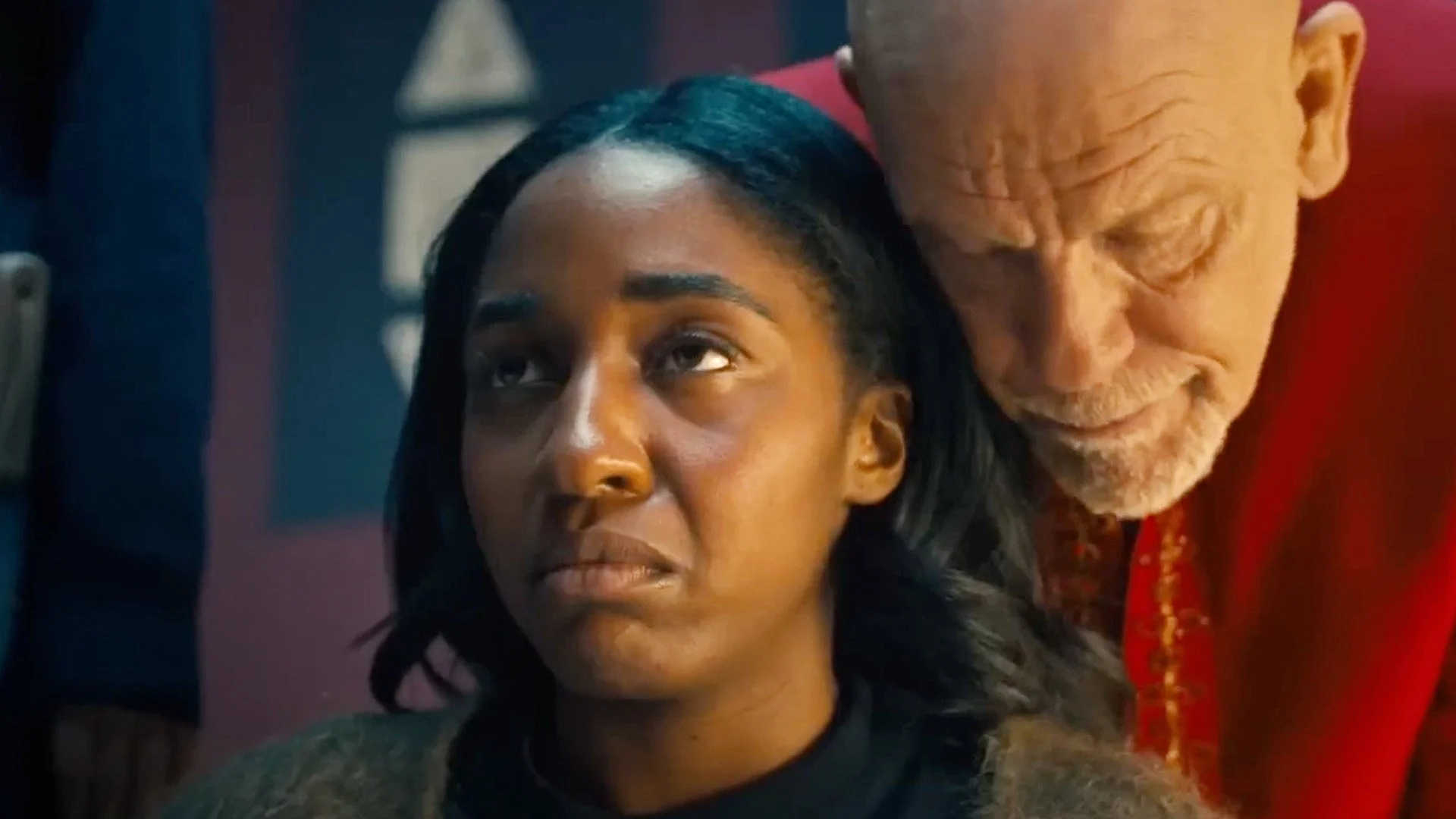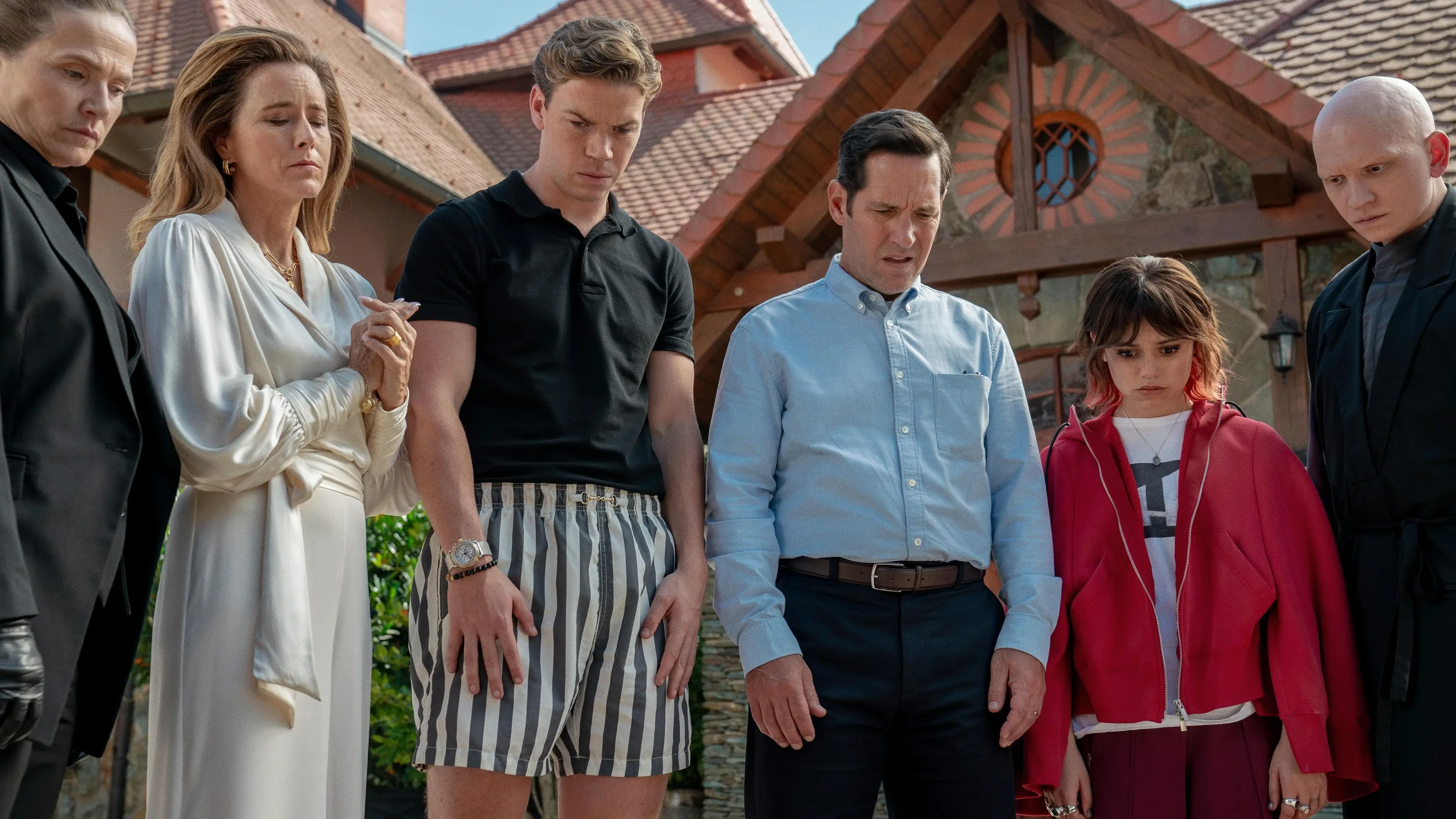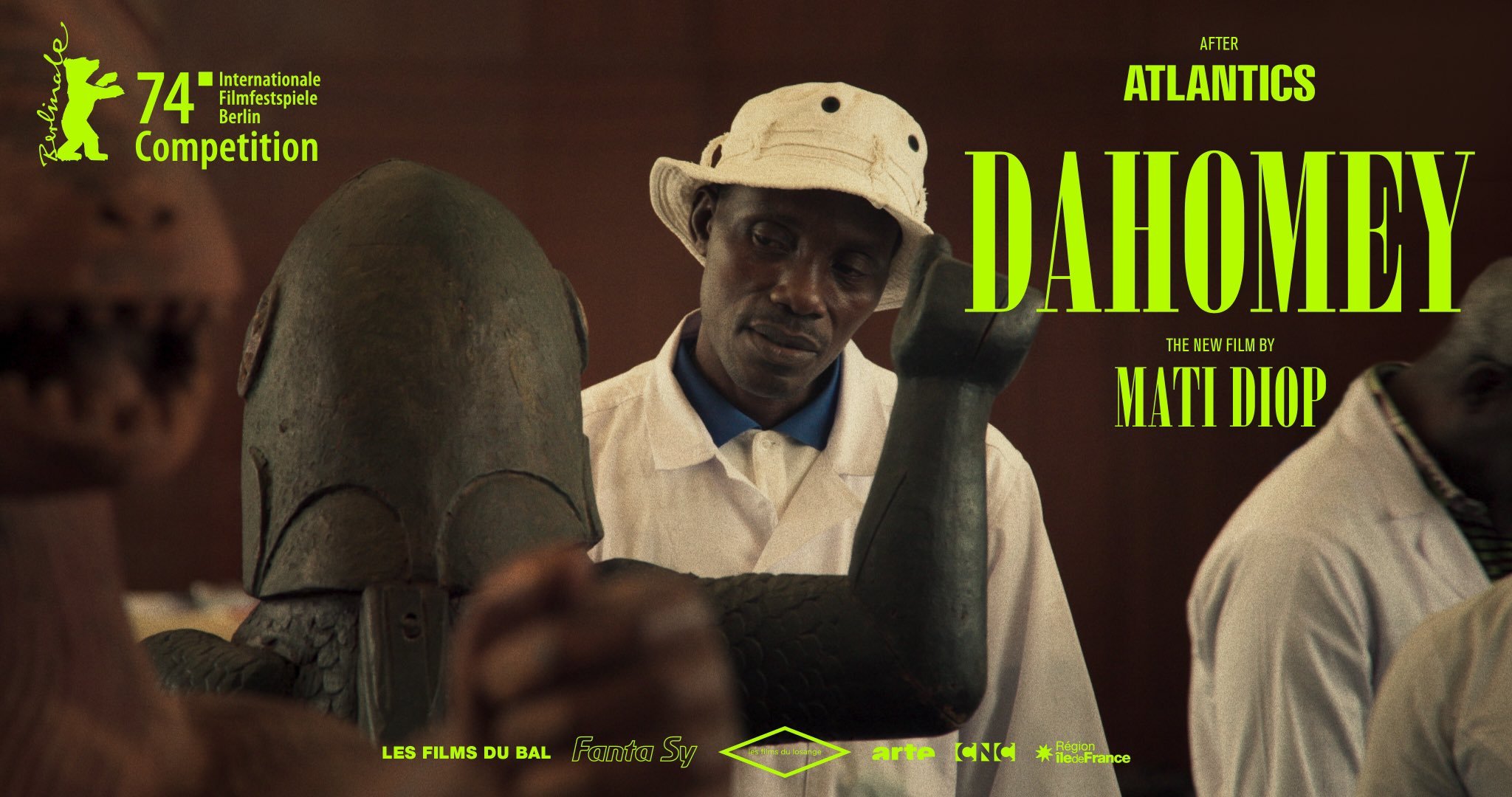Weapons is masterfully suspenseful and unsettling. Wow.
To give away even basic plot points risks detracting from the watch, but at its simplest, the movie follows a teacher and some of her students after something has gone terrifyingly wrong with their class.
If this is too vague, don’t worry, a voiceover will tell us the background when the movie begins. Not only is it scary to listen, powerless, in this way, but because we learn the problem at the outset, the rest of the movie is pure suspense.
The story unfolds across chapters, each following a different person of interest. One time the teacher, one time a parent. Who else might be implicated? Each of these stories is intriguing and scary in itself, but even better, they merge.
And the movie’s technicals enhance it all. The camera, lighting, and direction somehow create for us, again and again, that chilling, shapeshifting thing that is our vision at night. Often, the camera smoothly floats us through our new nightmare—not to mention the movie’s hauntingly recognizable dream sequences. The moviemakers have created an aesthetic around nighttime (and running) that we won’t soon forget.
The sound is striking too. The designers understand that silence or mutedness can be much more terrifying than a creak or a boom. They’re replicating the moment of quiet before an attack, the calm that is not calm, but that is your whole nervous system slowing the world down for you, on alert for the split second opportunity that could save your life.
Are you ready?




















